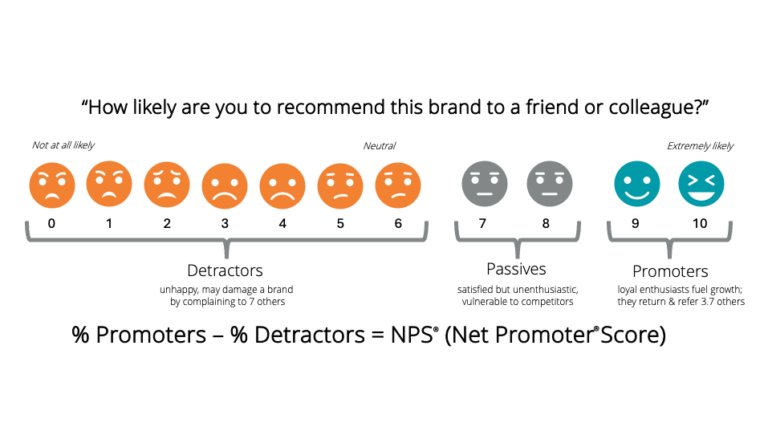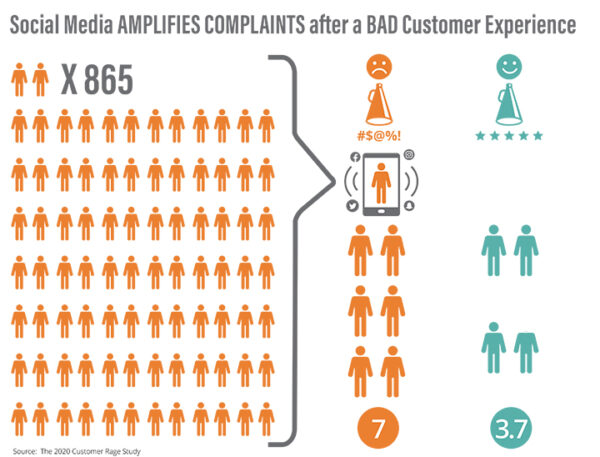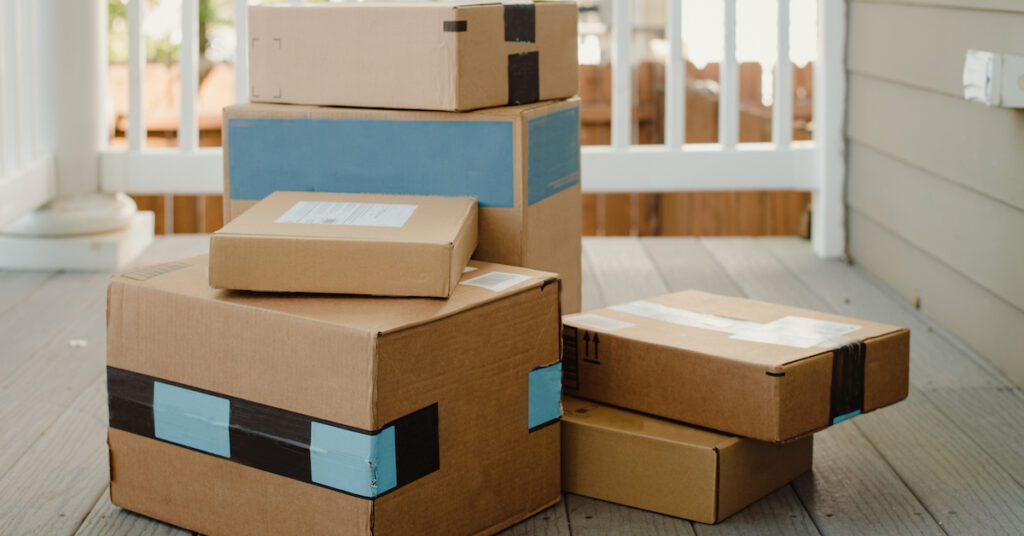The front entryway to Lola Knudson’s Riverdale condominium in the Bronx is a maze of cardboard. Arrivals from Amazon, IKEA, Nordstrom, Home Depot, and Walmart line one wall while boxes bound for return stack up against the other. Since the pandemic, Lola’s become dependent on online shopping and at the same time, wise to its drawbacks. “As convenient as it is to have things delivered, it’s a real pain when it doesn’t work out. You learn pretty quickly who makes returns easy and what websites to avoid altogether.” The key, she says, is removing friction.
82-year-old Rose Mary Blackhurst agrees. A retired educator and self-proclaimed “retail therapist,” she admits there was a time she was greeted by name at several Scottsdale department stores. But advancing age and the iPhone have helped her make the transition to ecommerce complete. A few years ago, she spent time standing in line once a week at her local Mail & More to ship returns. When Kohl’s began accepting Amazon returns, she described it as “life-changing.”

Many Unhappy Returns
Roughly 10% of all purchases are returned according to a recent study cited by Thomas S. Robertson of the Wharton School of Business. This adds up to billions of dollars a year and rising financial losses for retailers stuck with the rejects. The return rate for ecommerce purchases is about triple that of in-store purchases; roughly 25 to 30 percent of online purchases are sent back.
Reasons for return include controllable and incontrollable issues. Controllable returns can be minimized by the seller working to eliminate logistical errors, shipping delays, packaging damage, poor set-up strategies, or incorrect representation of the product online. Uncontrollable returns are inevitable and occur when customers merely change their mind or decide they don’t want the product after all.
Return Policies Matter
At least 68% of shoppers check out a company’s return policy before buying online. While ecommerce purchasing is growing in popularity, at least half of Americans say they’d still rather make their returns in person. Unknowns in shipping costs, the hassle of repackaging, and delays in receiving a refund are the primary reasons consumers say they would rather deal with returns-face-to face.
Removing friction in this arena means offering a multitude of alternatives including the post office, collection points (like the Happy Returns kiosks in malls or retail stores such as Kohl’s or Whole Foods), courier collection like UPS or Fed Ex, and making locker drop off locations ubiquitous. About half of ecommerce shoppers say they’ve abandoned a purchase due to lack of choice when it comes to returns.
Best In Class Brands
For brands concerned with customer loyalty, product returns can be a veritable minefield, riddled with unavoidable costs and myriad hazards to the customer relationship. A customer experience that engenders brand loyalty and offers a generous returns policy can be bruising to profitability. In the US alone, returns will cost an estimated $550 billion this year, a striking 75.2% increase from four years ago, not including restocking costs and inventory losses.
Online vendors like Walmart offer refunds for some items without asking the customer to ship the product back. When Kellie Henderson moved to Texas, Wayfair sent her the wrong set of barstools. She called customer service and they immediately sent a replacement set without asking her to return the first ones. Some of the dining room chairs she ordered from Pier One Imports had a manufacturing defect, so when she attempted to assemble them, the holes didn’t line up correctly with the screws. Pier One also sent replacements immediately. She was thrilled with the customer support, but still stuck with getting rid of the original ones.
Today, customers don’t just compare return policies of similar brands against each other. Research indicates they look at all the companies they do business with collectively. A whopping 83% of those surveyed say “best in class” brands raise the bar for everyone, not just their competition. So as companies like Costco allow returns in any condition and Amazon sets out to consistently exceed customer expectations, it widens the gap between expectations and reality for all companies. Researchers found 76% of consumers expect companies to know their needs and understand their expectations, but fully half of those surveyed said most companies consistently fall short of their idea of a great customer experience.
Paradoxically, brands like Zappos see product returns as a profit driver. Craig Adkins, VP of Fulfillment Operations says Zappos’ best customers have the highest return rates, “but they spend the most money with us and are our most profitable customers.” The online shoe retailer says their biggest spenders return about 50% of all purchases. CEO Tony Hsieh insist Zappos is not an online shoe store, but a happiness delivery company obsessed with its employees and their customer relationships. Instead of spending precious dollars on marketing, Zappos invests in “wowing” their customers with surprise upgrades like overnight shipping, then encourages these brand promoters to tell their friends.
Loyal Brand Promoters
This concept of earning loyal customers and measuring how well a company treats the people whose lives it affects is core to the Net Promoter® System (NPS) as developed by Fred Reichheld, Bain & Company, and Satmetrix in 2003. Zappos is a member of Bain’s NPS Loyalty Forum, whose mission it is to accelerate world-class customer loyalty programs and employee retention at companies using NPS and the ultimate customer loyalty question: “On a scale of 0 to 10, how likely are you to recommend Company X to a friend or colleague?”
In other words, every interaction either enriches or diminishes a loyalty connection. NPS measures how well a company or employee generates the relationships that lead to repurchases, referrals, and recurring revenue. Likeliness-to-recommend has proven to be the most powerful predictor of future growth.

NPS helps brands distinguish between promoters, (who rate the product a nine or ten), passives, (who score it a seven or eight), and detractors, (who grade it six or below). Promoters are the most loyal customers who purchase again and again, the fans who refer their friends, and are less price-sensitive and fickle than passives or detractors. Net Promoter Score is calculated by dividing responders into groups, setting aside passives, and subtracting the percentage of customers who are detractors from the percentage who are promoters.
Reichheld insists the future of company success will be measured in customer-centricity as opposed to the profit centric-model of decades past. He predicts the customer experience will overtake price and product as the most important brand differentiator. A “wow” first impression—creating a special experience in the initial interaction with a product—is key to capturing loyal customers from the get-go.
Stumbling Blocks & Stepping Stones
As in Kellie’s case, one potential stumbling block along the customer journey is when a product arrives flat packed with some assembly required. In other words, the product can’t be used or enjoyed without some level of effort on the part of the consumer. Providing a friction-free set-up is crucial; about two-thirds of consumers recognize that good instructions are important to their enjoyment of a product and about 80% of consumers surveyed say they would not buy a product–or any other products from the same manufacturer again if they have a bad experience with the instructions.

Time is precious and anticipation runs high, so it’s imperative to get to the “wow” as quickly as possible by anticipating obstacles, perfecting instructions, and using the assembly experience to showcase the quality of design and engineering of the product. It will pay off; studies show that manufacturers with “best-in-class” high-quality and usable product instructions saw a 23% increase in consumer satisfaction and an 18% increase in revenue.
Reduce Returns with Prevention
As Benjamin Franklin said “an ounce of prevention is worth a pound of cure.” Just as brushing and flossing lead to a happier trip to the dentist, providing 3D interactive animated instructions preempts potential assembly headaches and reduces the need for consumers to engage (online or on the phone) with customer support. Superior to paper instructions, that force users to synthesize abstract text and diagrams into coherent action, or video, which is limited by the angle of the camera, 3D interactive instructions use the manufacturers’ CAD to allow for manipulation and transparency. That way, animations look exactly like the product and the images can be viewed from any angle on a touchscreen device.

Interactive 3D instructions on the free-to-use BILT app guide users at their own pace, pausing after each step, instead of automatically proceeding to the next, like traditional video instructions. They provide text, voice, and visual guidance. Users have the ability to tap on the touchscreen to see detailed information about a part, pinch to zoom in and out on an image, and drag to rotate the view 360º. The animations can be manipulated to show the animation from any perspective.

Reichheld, who recently joined the board of directors, says he did so because “BILT meets a legitimate unmet need in the world–a gaping need for most products and many services. To get a customer relationship off on the right foot, to welcome a new customer into the family with a good first experience and help them feel like they know what they’re doing and that they belong. That’s where BILT can uniquely deliver.” At the end of each set of instructions, users are given the opportunity to provide a Net Promoter Score that can be syndicated to brand and retail websites.
A Socially Sensitive Window
Besides cementing customer loyalty, the set-up experience has an inordinate effect on a brand’s ratings and reviews because it occurs during the most important socially-sensitive time period. Research shows consumers are most likely to mention a brand by name (for good or ill) within 12 hours of opening the box. Consumers like to show and tell their friends (in person or online) when making new purchases. They’re most likely to include the brand name on the first day.
After that critical window, consumers often forget to leave feedback. When they next mention the product (to friends or on social media), it’s typically in context of using the product and usually omits mention of the brand name altogether. So those brand call outs are powerful. A Forbes study indicates at least 81% of consumers admit recommendations and posts from family and friends directly impact their buying decisions.

According to the 2020 National Customer Rage Study, consumers who’ve had a positive experience tell an average of 3.7 friends or associates. That number is double for those who have a frustrating one. If even one of the average seven others they vent frustrations to happens to be via social media, that number can be amplified exponentially. Those surveyed reported an average 865 friends and followers across social media.
Rage researchers say the expansion of online retail has raised customer expectations, yet customer service ratings have never been worse. More than two-thirds of those polled say they’ve experienced “customer rage” in the last 12 months. One case study indicated that 3D interactive instructions helped mitigate penalties to NPS by reducing product returns and calls to customer support up to 30%, leading to a 30-point swing in NPS (from +32 to +62) for the product analyzed.
As best-in-class brands innovate and perfect the customer experience, those brands fraught with friction will fall farther behind. For consumers like Lola and Rose Mary, old shopping habits have shifted for good. The timesaving ease of online buying and quick delivery combined with easy, intuitive assembly and installation instructions means some types of returns can be eliminated altogether.
This article originally appeared in the November 2020 issue of Reverse Logistics Association magazine.



